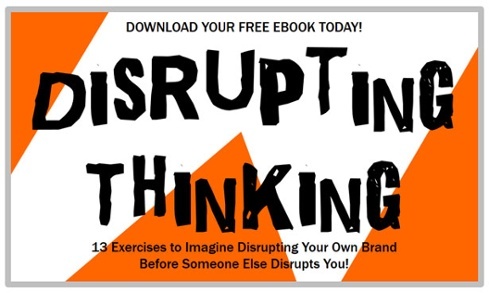The folks at Armada Corporate Intelligence profiled a Bloomberg Businessweek story on Fanatics, the sports apparel manufacturer and marketer, in its Inside the Executive Suite. Fanatics introduced disruptive innovation to its marketplace with an agile strategy. It employs technology, focused creative teams, new manufacturing processes, and communications to remove time and waste when creating post-sporting event apparel featuring the winners and exciting story lines. For NCAA basketball tournament games, Fanatics can put a newly approved shirt on its website within 15 minutes. It also uses its agile strategy to market apparel for niche opportunities where it might sell as few as ten t-shirts.
Along with the recap, Inside the Executive Suite offered sixteen strategic thinking questions inspired by the Fanatics case study that you can use to explore agile strategy options within your own organization. We thought the list was intriguing, so we secured the go ahead to share the strategic thinking questions with you here.
16 Strategic Thinking Questions to Explore Agile Strategy and Disruptive Innovation
Developing an Agile Strategy
- Where can your organization realize the greatest leverage from improved agility – cost savings, an improved customer experience, sales opportunities, greater financial efficiency?
- Beyond making investments and process changes to increase agility, are there other opportunities to cost-effectively manage demand?
- How can you develop a super-agile process that disrupts other industry players’ competitive advantages?
Identifying Process Changes for Agile Strategy
- Where can you aggressively remove steps (especially low-value ones) from today’s process to boost agility?
- How can you completely redesign today’s process from scratch to create a super-agile approach?
- What roles do you need on your agile execution team to move from idea to market with previously unheard of speed?
- What characteristics and behaviors are important for agile execution team members to display?
- What resources (even if they are redundant or eventually discarded) are critical to enable rapid execution?
The Interplay Between Flexibility and Agility
- How can you improve your organization’s ability to pre-plan and anticipate the uncertain?
- In what ways can more / better / faster data access increase forecasting accuracy, and your ability to delay decisions without compromising agility?
- What are the various types of reviews, approvals, and decisions you will need during crunch time? How can agile decision making happen in an easier and more timely way when speed is most important?
- What does the time window around peak need look like?
- Is there additional flexibility you can create / exploit in lead times, the length of the selling opportunity, and / or the long tail of demand?
Strong Relationships Enable Agility
- Who are the outside people and entities vital to ensuring your agile processes perform as expected?
- What foreknowledge, training, and support will outside parties require to perform their duties at peak levels?
- What do agile relationship-building skills necessary for supporting your process look like?
Across these questions, you’ll get a start thinking through how an agile strategy can push disruptive innovation in your industry. – via “Inside the Executive Suite”





